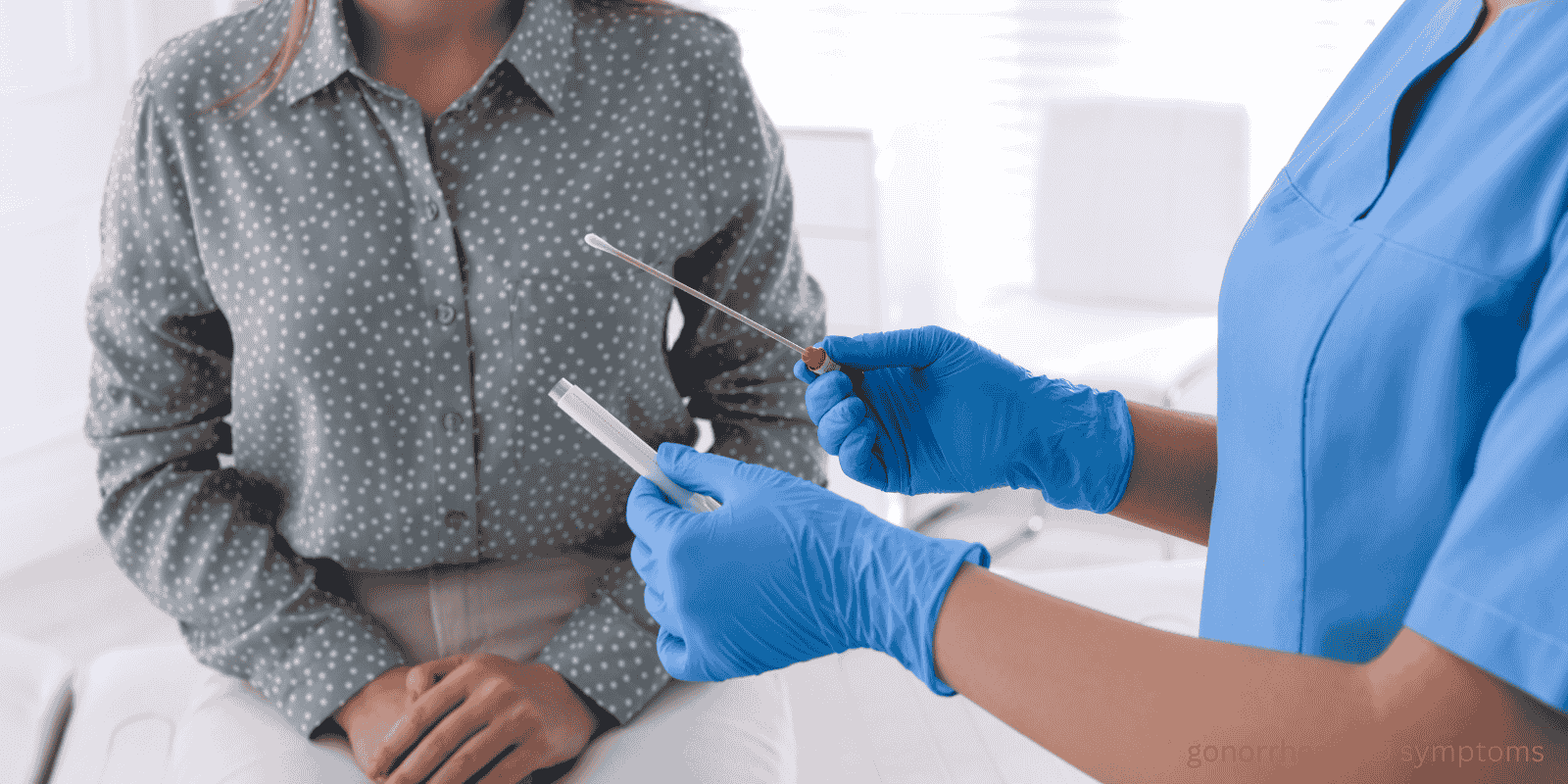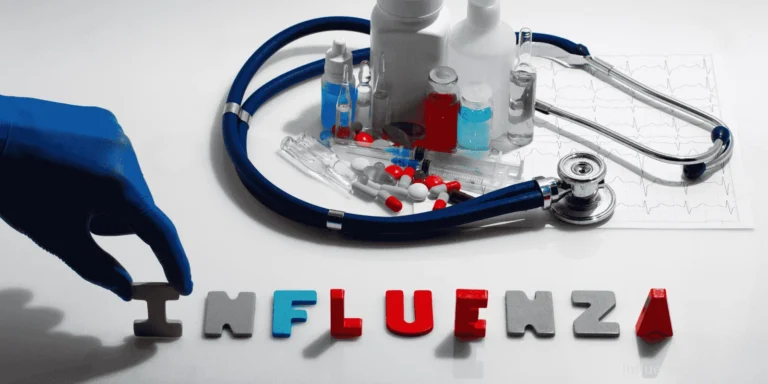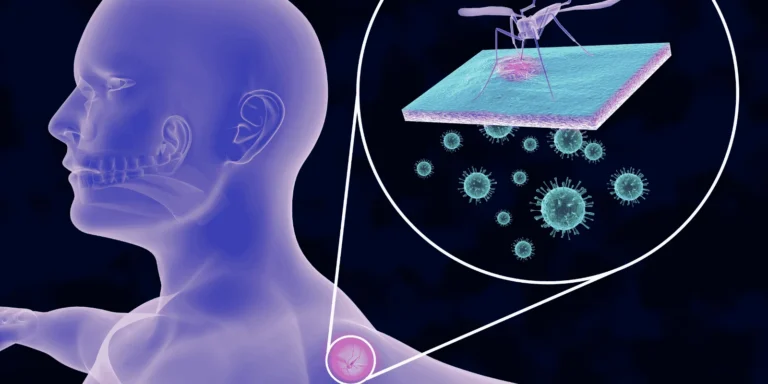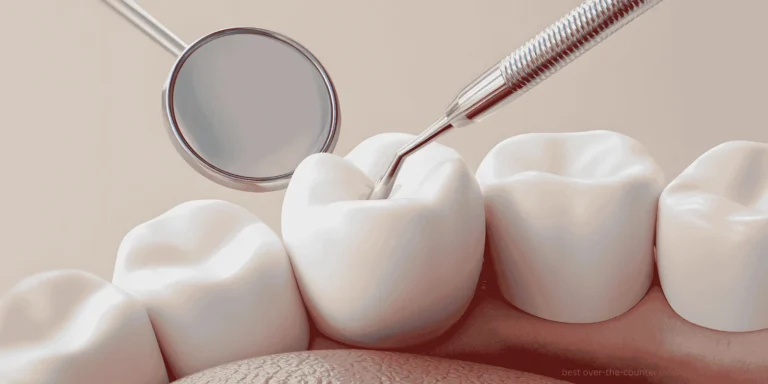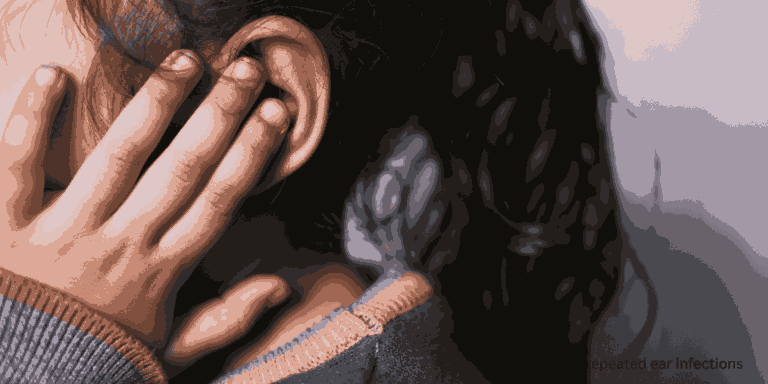Gonorrhea doesn’t mess around.
Unlike some STDs that hide quietly, gonorrhea often announces itself with painful, obvious symptoms. But not always — which is why it’s still spreading.
The Bacteria Behind It
Gonorrhea is caused by Neisseria gonorrhoeae bacteria that loves warm, moist environments. It infects the urethra, cervix, rectum, throat, and sometimes eyes.
It’s the second most commonly reported STD in the U.S., with rates climbing in recent years.
Symptoms You Can’t Ignore
Men usually notice gonorrhea:
- Burning when urinating (often severe)
- Yellow or green discharge from penis
- Testicular pain and swelling
Women might have:
- Painful urination
- Increased vaginal discharge
- Pelvic pain
- Bleeding between periods
But here’s the catch — up to 50% of women and 10% of men have no symptoms at all.
How It Spreads
Gonorrhea transmits through vaginal, anal, or oral sex. You can get throat gonorrhea from oral sex, which often has no symptoms but can still be passed to partners.
It doesn’t spread through kissing, sharing food, or casual contact.
Serious Complications
Untreated gonorrhea can cause:
- Pelvic inflammatory disease (PID)
- Infertility in both men and women
- Increased HIV transmission risk
- Joint infections
- Heart valve infections (rare but serious)
The Antibiotic Resistance Problem
This is where gonorrhea gets scary. The bacteria has become resistant to many antibiotics over the years.
Current treatment typically requires a combination of antibiotics, usually ceftriaxone injection plus azithromycin pills. Single-drug treatments often don’t work anymore.
Testing Is Straightforward
Gonorrhea testing uses urine samples or swabs from infected areas. Results are usually available within days.
Test if you have symptoms, new partners, or if a partner tests positive. Many people get tested for multiple STDs at once.
Treatment Challenges
Because of antibiotic resistance, gonorrhea treatment has become more complex. It’s not something you can treat with leftover antibiotics from your medicine cabinet.
Professional medical evaluation ensures you get the right antibiotics in the right doses.
Partner Notification
All sexual partners from the past 60 days need testing and treatment, regardless of symptoms or test results. This prevents reinfection and stops community spread.
Prevention Strategies
Condoms provide good protection but aren’t perfect. Gonorrhea can infect areas not covered by condoms.
Mutual STD testing before unprotected sex is the most reliable prevention method.
The Throat Connection
Oral gonorrhea is often symptomless but highly contagious. Many people don’t realize throat infections need testing and treatment too.
Reinfection Risk
Having gonorrhea once doesn’t make you immune. Reinfection is common, especially if partners aren’t properly treated.
Getting Help
Gonorrhea evaluation and treatment work well through telehealth platforms. We can review symptoms, arrange testing, and prescribe appropriate antibiotics.
Don’t let embarrassment delay treatment. Gonorrhea is a medical condition that responds well to proper care, but complications from delayed treatment can be permanent.

